Red Tamarind is one of the most valuable and sought-after types of wood today. With its high aesthetic and economic value, let’s explore the fascinating world of this unique tree.
1 What is Red Tamarind?
Origin and Significance of Red Tamarind

Red Tamarind, also known as Tigerwood or Ca Te, has the scientific name Afzelia xylocarpa. It belongs to the Fabaceae family and the Fabales order. Historically, it has been considered one of the four most valuable types of wood, including Lim, Sen, Trach, and Gu (Go), making it highly prized.
Red Tamarind is native to several countries, including Laos, Thailand, China, and South Africa. In Vietnam, this tree is predominantly found in the provinces of Kon Tum, Gia Lai, Dak Lak, Lam Dong, and Dong Nai, among others.
Characteristics and Classification of Red Tamarind
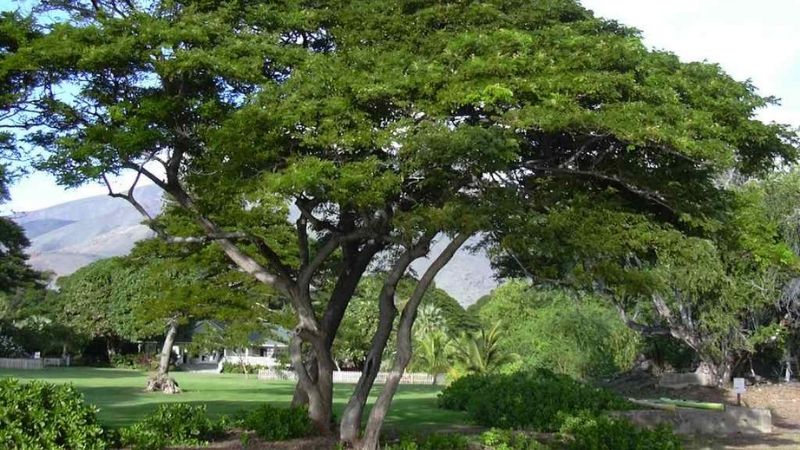 Unique characteristics of Red Tamarind
Unique characteristics of Red Tamarind
Red Tamarind thrives in tropical rainforests or evergreen forests. As a sun-loving tree, it typically grows in areas with abundant sunlight. Due to its slow growth rate, the wood of the Red Tamarind is exceptionally hard, with well-defined and beautiful grain patterns.
Red Tamarind is a long-lived tree with a large size. It can reach heights of up to 25 meters, and sometimes even up to 40 meters. The trunk is straight and relatively round, with a diameter ranging from 0.8 to 1 meter. The bark is gray, rough, and the leaves are pointed.
The tree blooms from March to April, bearing white and pink flowers that grow in clusters. The fruits ripen between October and November, resembling eggs in shape and brown in color. With its many branches, the Red Tamarind has a wide canopy, making it a popular choice for public spaces to provide shade.
 Classification of Red Tamarind
Classification of Red Tamarind
There are two main types of Red Tamarind wood in the market: Red Tamarind from South Africa and Red Tamarind from Laos. Here are some distinguishing features:
- South African Red Tamarind: This variety has lower value due to its lighter weight, less vibrant color, less distinct grain patterns, and thinner wood. However, it is still highly durable and hard.
- Laotian Red Tamarind: Considered the most desirable type, Laotian Red Tamarind has a deep, even color, thick wood, and exceptional hardness. It feels heavy in the hand and is known for its longevity, sometimes lasting for centuries.
2 Benefits of Red Tamarind
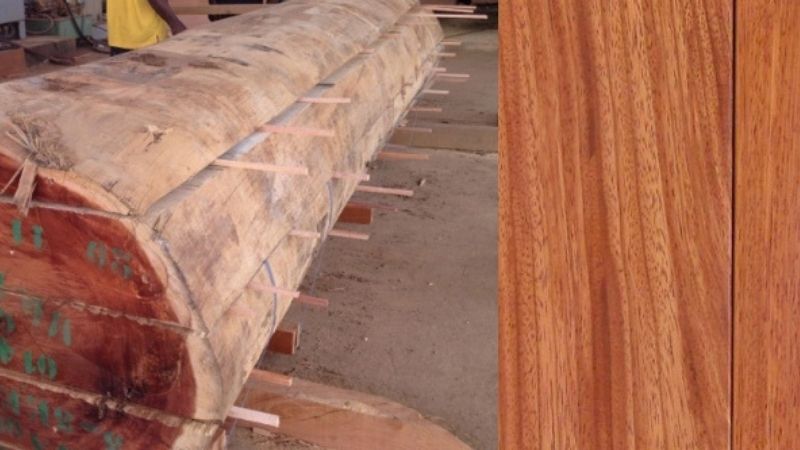 Identification and Applications of Red Tamarind
Identification and Applications of Red Tamarind
The wood of the Red Tamarind is classified as a rare and valuable resource, belonging to Group I of precious woods with beautiful grain patterns and high economic value. In the past, this wood was favored by royalty.
The appeal of Red Tamarind lies in its distinctive light or dark red color, unmistakable and unique. The wood grain forms striking spirals, enhancing its visual appeal. Additionally, it possesses a pleasant natural fragrance. When it comes to durability, Red Tamarind wood excels, resisting insects, water damage, and warping due to weather conditions. The best way to identify Red Tamarind wood is by its significant weight and remarkable fire resistance.
Given these exceptional characteristics, Red Tamarind wood is used in various interior applications, adding a touch of luxury to any space. It is commonly used for beds, doors, flooring, and furniture, among other things.
3 How to Grow and Care for Red Tamarind
Growing Red Tamarind at Home
To grow a Red Tamarind tree, select a healthy seedling, free from pests and diseases. Choose a suitable planting location, dig a hole, and place the seedling in it. Then, fill the hole with soil and water the tree sufficiently to maintain moisture.
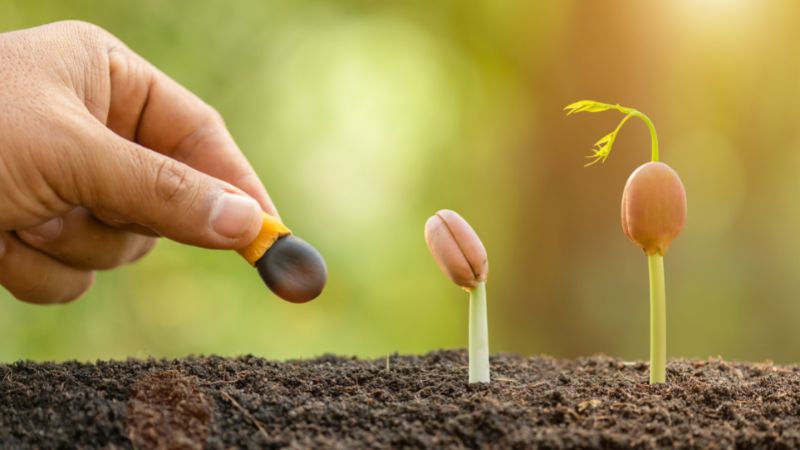 Growing and Caring for Red Tamarind
Growing and Caring for Red Tamarind
Caring for Red Tamarind
- Soil: Opt for fertile, well-drained soil.
- Watering: In the initial stages, water the tree three times a day. As it grows stronger, reduce watering to twice a day. Avoid pouring water directly onto the root to prevent waterlogging and root rot.
- Fertilizer: You can use nitrogen, phosphorus, or NPK fertilizers during the tree’s growth phase.
Notes on Growing and Caring for Red Tamarind
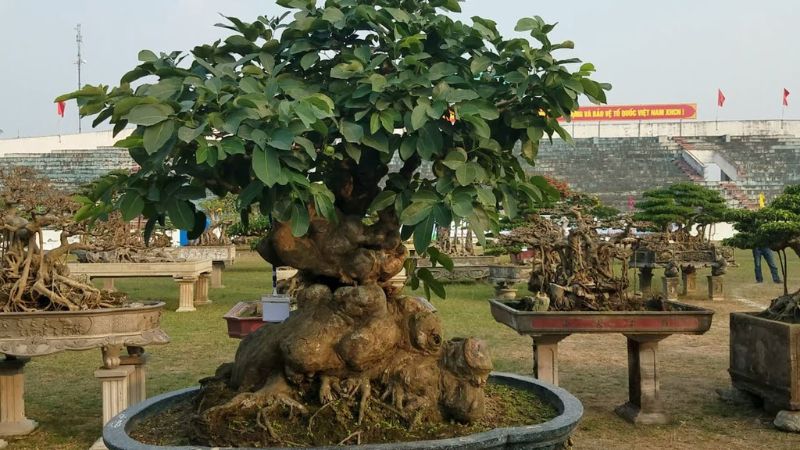 Important considerations for Red Tamarind cultivation
Important considerations for Red Tamarind cultivation
- Before planting, apply root growth stimulants such as N3M, Bimix super root, or Roots 2 to enhance root development.
- When planting from seeds, source your seeds from reputable stores to ensure high-quality, viable seeds with a good germination rate.
- Alternatively, you can collect seeds from ripe, healthy Red Tamarind fruits. Choose fleshy, mature fruits with robust, well-formed seeds. However, this method may result in a lower germination rate and less predictable seedling quality.
4 5 Stunning Images of Red Tamarind
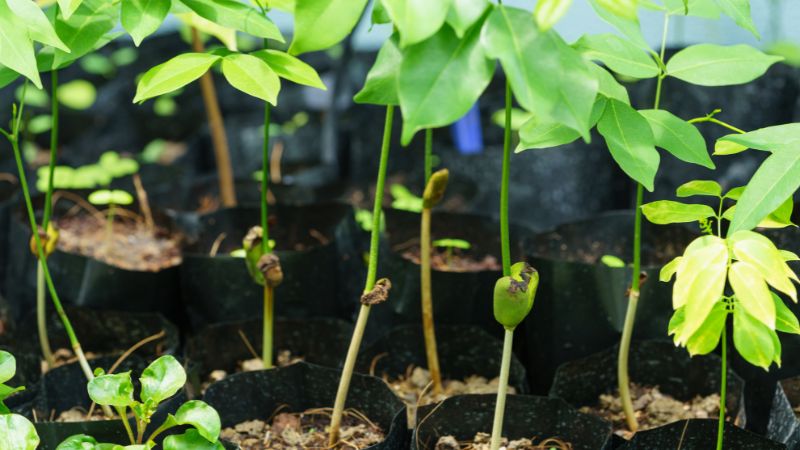 Red Tamarind, also known as Tigerwood or Ca Te
Red Tamarind, also known as Tigerwood or Ca Te
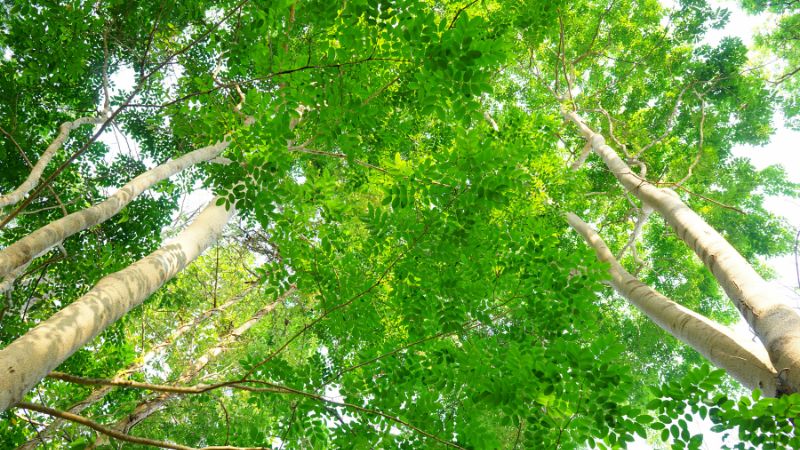 Red Tamarind is native to Laos, Thailand, China, and South Africa, among other countries.
Red Tamarind is native to Laos, Thailand, China, and South Africa, among other countries.
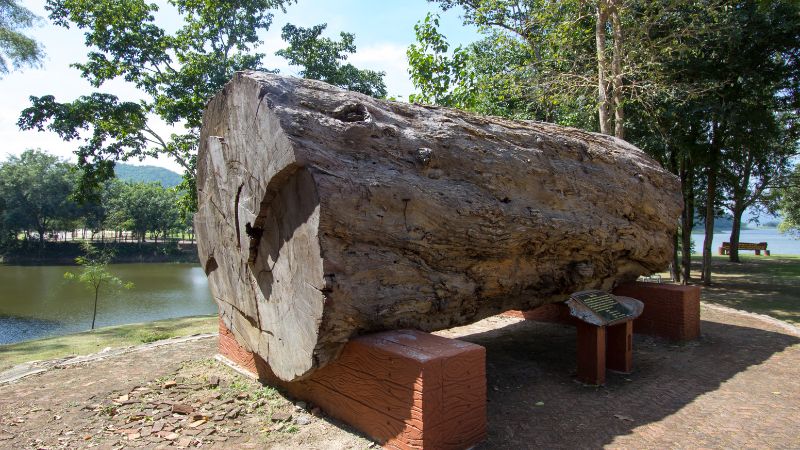 Red Tamarind thrives in tropical rainforests and evergreen forests.
Red Tamarind thrives in tropical rainforests and evergreen forests.
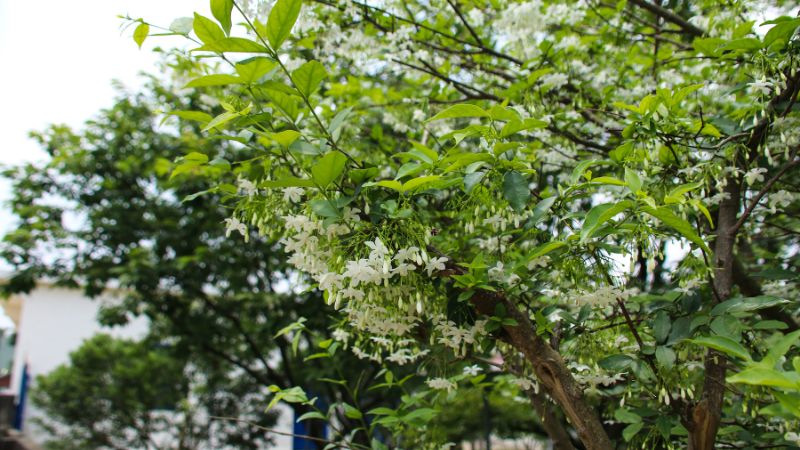 The tree bears white flowers that bloom in clusters from March to April.
The tree bears white flowers that bloom in clusters from March to April.
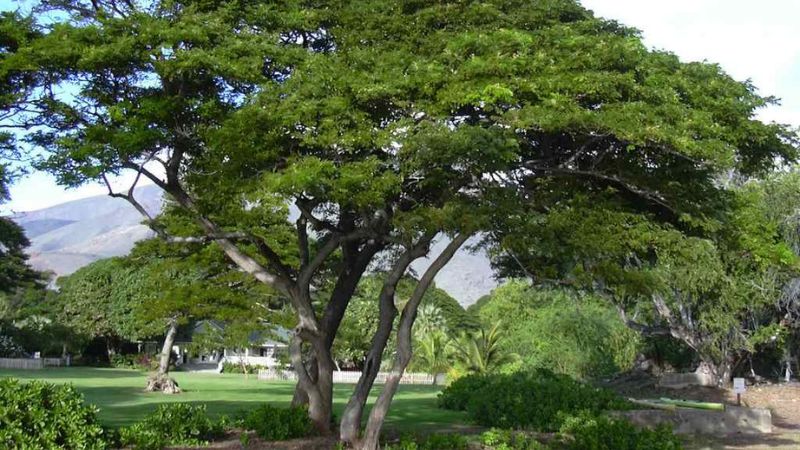 With its many branches, Red Tamarind provides ample shade and is often planted in public spaces.
With its many branches, Red Tamarind provides ample shade and is often planted in public spaces.
This article has provided a comprehensive overview of Red Tamarind, including its characteristics, benefits, and cultivation. We hope you found the information you were seeking!

































